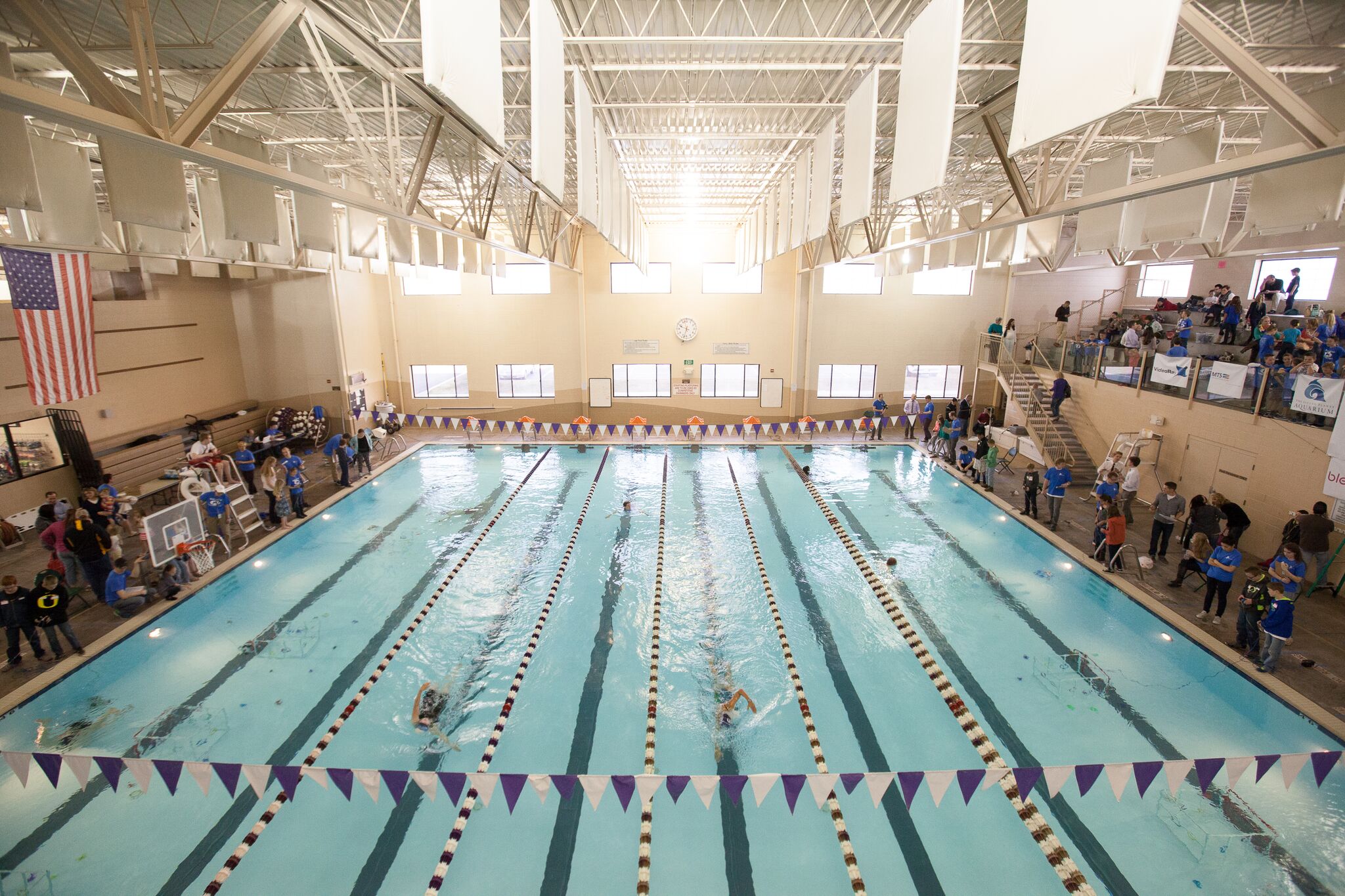
Competition Rules
A space capsule carrying astronauts has crash-landed in the ocean. The astronauts are trapped inside, and the valuable space cargo they brought back from orbit is still with the pod. Sunken debris from the crash is also polluting the ocean floor. Your ROV must open the hatch, rescue the astronauts, recover the cargo, and clean up the debris.
Your mission is to:
Open the hatch
Return the astronauts to the surface
Retrieve the space cargo and bring it back to the surface.
Collect debris from the ocean floor and bring it back to the surface.
The video demonstrates how to perform the tasks for the competition.
For your reference, you can view a document with the (need to update) competition props here.
Scoring
Scoring is based on two separate parts:
The ROV building and competition
Poster (60 points possible)
For your reference, you can view the Poster competition score sheet here.
ROV Competition:
Competition points will be awarded as you complete certain tasks. Each team has 10 minutes to complete the tasks.
Task #1: Touch the landing pod: 5 pts
Task #2: Open the hatch: 10 pts
Task #3: Return the astronaut to the surface: 15 pts
Task #4: Retrieve the space cargo and bring it back to the surface: 10 pts
Task #5: Collect debris from the ocean floor and bring it back to the surface: 10 pts each
Additional points can be gained for:
Completing all tasks under 8 minutes: +40 pts
Completing all tasks between 8 and 9 minutes: +10 pts
Points are deducted for the following:
Pulling on the tether: -10 pts
Diver assistance: -50 pts
Poster Points:
You will be required to make a poster for the UUR competition. 60 possible points will be awarded for this part of the competition. Below is a simple point breakdown of the poster.
Question (5 points possible) - The poster should include a main question about underwater robotics. How clear and interesting is the question?
Design (15 points possible) - Does the poster explain how you designed, built, and tested the robot? The steps should include diagrams or pictures. How clear are the steps and diagrams or pictures?
Creativity (10 points possible) - Is the poster design engaging and well thought out? Is the use of things such as colors, images, and layout contributing to the poster’s purpose and appeal?
Data Collection (10 points possible) - complete 1 of the following options:
Does the poster include data collected for the main question? Is the data presented clearly and organized into charts, graphs, or tables? How well does the data capture and document the testing process?
What was learned in the project (show how you learned what you learned. I.e., if you made mistakes while building your ROV, show what mistakes were made, and then in the “analysis” section as listed below, discuss and show how you overcame or remedied the failures/mistakes.
Analysis (10 points possible) - How thoughtful and clear is the analysis of the data? This analysis can include what you learned during the project. To what extent is the analysis written in a way that is easy to understand? How well does the analysis connect back to the main research question?
Conclusion (10 points possible) - How well does the poster summarize the overall project and what was learned? To what extent does the conclusion make sense based on the data and analysis? How clearly does the conclusion explain the robot’s performance? Does the conclusion include improvements for next time?